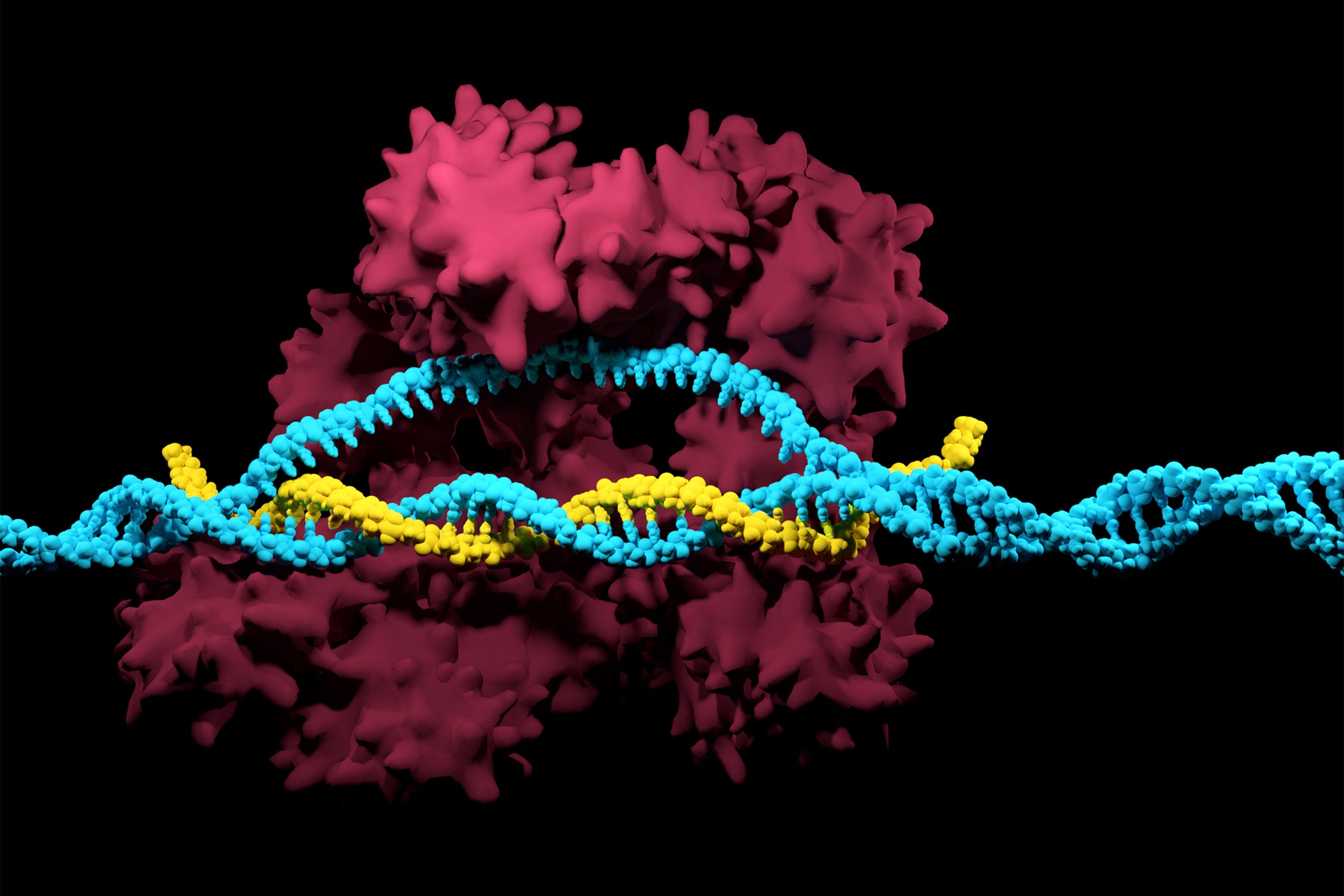CRISPR-Cas9 technology has revolutionised genome editing, offering immense potential for treating genetic diseases and advancing scientific research. However, along with its promising applications, ethical considerations play a crucial role in guiding the responsible use of this powerful tool.
Ethical Considerations in CRISPR Applications
CRISPR-Cas9 technology has revolutionised genome editing, offering immense potential for treating genetic diseases and advancing scientific research. However, along with its promising applications, ethical considerations play a crucial role in guiding the responsible use of this powerful tool.
Informed Consent and Future Generations
One of the primary ethical concerns surrounding CRISPR applications is the issue of informed consent. Modifying the genome not only impacts the individual undergoing treatment but also future generations who inherit these genetic changes. Obtaining consent from individuals who are not yet born raises complex ethical dilemmas about autonomy and intergenerational justice[5].
Regulatory Oversight and Guidelines
Stringent regulations and guidelines are essential to ensure the ethical use of CRISPR technology. Worldwide debate and awareness are necessary to establish frameworks that promote responsible and transparent practices in genome editing[2]. The rapid advancement of CRISPR/Cas in clinical research underscores the importance of addressing ethical implications promptly[3].
Human Germline Editing
Ethical discussions often focus on human germline editing due to the hereditary nature of changes made in the germline cells. Alterations in the germline can be passed down to future generations, raising concerns about unintended consequences and long-term effects on human evolution[4].
Consideration of Risks and Benefits
Balancing the risks and benefits of CRISPR applications is crucial in ethical decision-making. While the technology holds great promise for treating genetic disorders, potential off-target effects, unintended consequences, and unequal access to gene editing therapies must be carefully evaluated to ensure equitable and safe implementation[1].
What are the potential benefits of crispr technology ?
CRISPR technology has the potential to revolutionize various aspects of science and medicine, offering numerous benefits. Some of the key advantages of CRISPR applications include:
- Precise DNA editing: CRISPR allows for the precise modification of DNA sequences, enabling the deletion or replacement of bases that trigger diseases. This level of precision is not possible with traditional gene-editing technologies.
- Versatility: CRISPR can be used in various organisms, from bacteria to plants and animals, making it a versatile tool for research and medical applications.
- Speed and efficiency: CRISPR-Cas9 gene editing is relatively fast and efficient, requiring only two components: the Cas nuclease and a guide RNA[3]. This makes it a highly accessible and cost-effective technology.
- Multiplexed gene editing: CRISPR can be used to edit multiple genes simultaneously, known as multiplexed gene editing. This capability is particularly useful in studying complex genetic diseases and understanding the interplay between different genes.
- Reduced off-target effects: Compared to traditional gene-editing technologies, CRISPR-Cas9 has a lower off-target effect, meaning it is less likely to unintentionally edit other parts of the genome. This reduces the risk of unintended consequences and side effects.
- No DNA integration: CRISPR-Cas9 does not require the integration of foreign DNA into the host genome, which can be a concern with other gene-editing technologies. This makes it a safer and more controlled method for genetic modifications.
- Public health applications: CRISPR technology has the potential to address public health issues, such as decreasing the shortage of organ donations for children in need of liver, kidney, and heart transplants. By enabling the production of organs from stem cells, CRISPR could significantly impact organ transplantation and save lives
What are the potential risks and drawbacks of crispr technology ?
Potential Risks and Drawbacks of CRISPR Technology
CRISPR technology, while holding immense promise, also comes with potential risks and drawbacks that need to be carefully considered. Here are some of the key concerns associated with CRISPR applications:
- Off-Target Effects: One significant risk of CRISPR technology is the potential for off-target effects, where the Cas9 enzyme may unintentionally edit genes other than the targeted one. This can lead to genetic mutations and unintended consequences.
- Large DNA Insertions: Studies have shown that CRISPR can occasionally cause large DNA insertions in human cells, which could increase the risk of cancer. This highlights a critical safety concern associated with the technology.
- Loss of Cancer-Fighting Ability: Research suggests that CRISPR may cause cells to lose their ability to fight cancer effectively, raising concerns about the impact of gene editing on cellular functions and health outcomes.
- Ethical Challenges: The rapid advancement of CRISPR/Cas in clinical research has raised ethical dilemmas regarding the responsible use of gene editing technology. Ethical considerations include issues related to informed consent, regulatory oversight, and implications for future generations.
- Technical Risks: While CRISPR/Cas nucleases can be designed to target specific genes, the tolerance of Cas9 for small mismatches may pose technical risks in terms of unintended gene editing or incomplete modifications.
- Limitations in Gene Editing: Despite its precision, CRISPR technology still faces limitations in terms of efficiency and accuracy when editing certain regions of the genome. Improving specificity and reducing off-target effects remain ongoing challenges in the field.
Conclusion :
In conclusion, while CRISPR technology holds immense promise for revolutionising medicine and scientific research, it also presents significant ethical considerations and potential risks. Balancing the benefits of precise DNA editing and versatile applications with concerns such as off-target effects, ethical dilemmas, and technical limitations is crucial for responsible implementation. Moving forward, ongoing dialogue, robust regulatory oversight, and transparent practices are essential to harness the full potential of CRISPR while ensuring ethical and safe use for the benefit of humanity.
Citations:
[1] https://www.ncbi.nlm.nih.gov/pmc/articles/PMC7129066/
[2] https://pubmed.ncbi.nlm.nih.gov/28879860/
[3] https://www.embopress.org/doi/full/10.15252/embr.201541337
[4] https://www.genome.gov/about-genomics/policy-issues/Genome-Editing/ethical-concerns
[6] https://www.ncbi.nlm.nih.gov/pmc/articles/PMC6294675/




